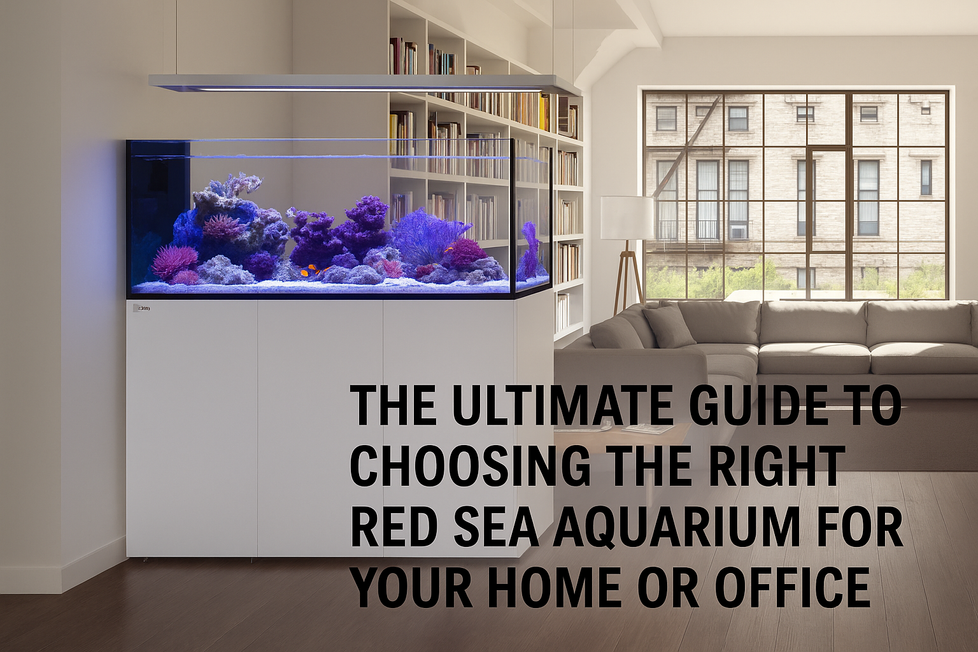Aquarium enthusiasts know that maintaining a healthy and beautiful tank is both an art and a science. One of the most common challenges faced is algae growth. While algae are a natural part of any aquatic ecosystem, excessive growth can be unsightly and harmful to your fish and plants. This comprehensive guide will help you understand how to control algae in your tank, ensuring a clean and vibrant environment for you and your tank inhabitants to enjoy.
Understanding Algae
Algae are simple plants that thrive in water. They can appear in various forms such as green, brown, or even blue-green, and can grow on surfaces like glass, gravel, and decorations. The main types of algae found in aquariums include:
- Green Algae: Often a sign of a healthy tank, but can become problematic if left unchecked.
- Brown Algae: Common in new aquariums and low-light conditions.
- Blue-Green Algae: Actually a type of bacteria called cyanobacteria, which can be harmful.
- Hair Algae: Stringy and can quickly cover plants and decorations.
- Black Beard Algae: Tough and stubborn, often appearing on slow-growing plants.
Causes of Algae Growth
Algae growth is typically fueled by excess nutrients, light, and poor water quality. Key factors include:
- Light: Too much light or prolonged lighting periods can accelerate algae growth.
- Nutrients: Excess nutrients from fish waste, uneaten food, and fertilizers provide food for algae.
- Carbon Dioxide (CO2): Imbalanced CO2 levels can contribute to algae problems.
- Water Quality: Poor filtration and irregular water changes can create ideal conditions for algae.
Effective Algae Control Strategies
1. Regulate Light
Controlling the amount and duration of light in your aquarium is crucial. Aim for 8-10 hours of light per day. Use a timer to maintain a consistent schedule and avoid placing your tank in direct sunlight.
2. Manage Nutrients
- Feed Sparingly: Overfeeding fish can lead to excess nutrients. Feed your fish only what they can consume in a few minutes.
- Regular Water Changes: Perform weekly water changes of 10-20% to remove excess nutrients.
- Use Quality Fertilisers: Choose fertilisers that are designed to minimise algae growth, such as those found on Charterhouse Aquatics.
3. Enhance Filtration
A good filtration system helps maintain water quality by removing debris and excess nutrients. Consider using filters with activated carbon or phosphate removers to reduce algae-promoting nutrients. Check out the range of filters available on Charterhouse Aquatics.
4. Introduce Algae-Eating Fish and Invertebrates
Adding algae-eating species to your tank can help control algae naturally, often referred to as clean up crew, particularly in the saltwatert world.
Some popular choices include:
- Siamese Algae Eaters
- Catfish (freshwater)
- Amano Shrimp
- Snails
- Crabs (saltwater)
5. Maintain CO2 Levels
For planted tanks, maintaining proper CO2 levels can help prevent algae. Using a CO2 system can promote healthy plant growth, which competes with algae for nutrients. Explore CO2 systems on Charterhouse Aquatics.
6. Use Algae Control Products
There are various products available that can help control algae growth. These include:
- Algae Scrapers and Magnets: For manual removal of algae from tank surfaces.
- Liquid Algae Treatments: Safe and effective options to reduce algae growth.
Check out the algae control products on Charterhouse Aquatics.
Preventive Measures
- Quarantine New Additions: Quarantine new fish and plants to prevent introducing algae spores.
- Clean Equipment: Regularly clean equipment and decorations to remove algae spores.
- Monitor Water Parameters: Regularly test water parameters to ensure a balanced environment.
Conclusion
Controlling algae in an aquarium requires a balanced approach that includes regulating light, managing nutrients, enhancing filtration, and maintaining proper CO2 levels. By following these strategies and using the right products, you can enjoy a clean and beautiful aquarium. For all your aquarium needs, visit Charterhouse Aquatics for a wide selection of quality products.
Remember, a little algae is normal and can even be beneficial, but with proper care, you can keep it from taking over your tank. Happy fishkeeping!


